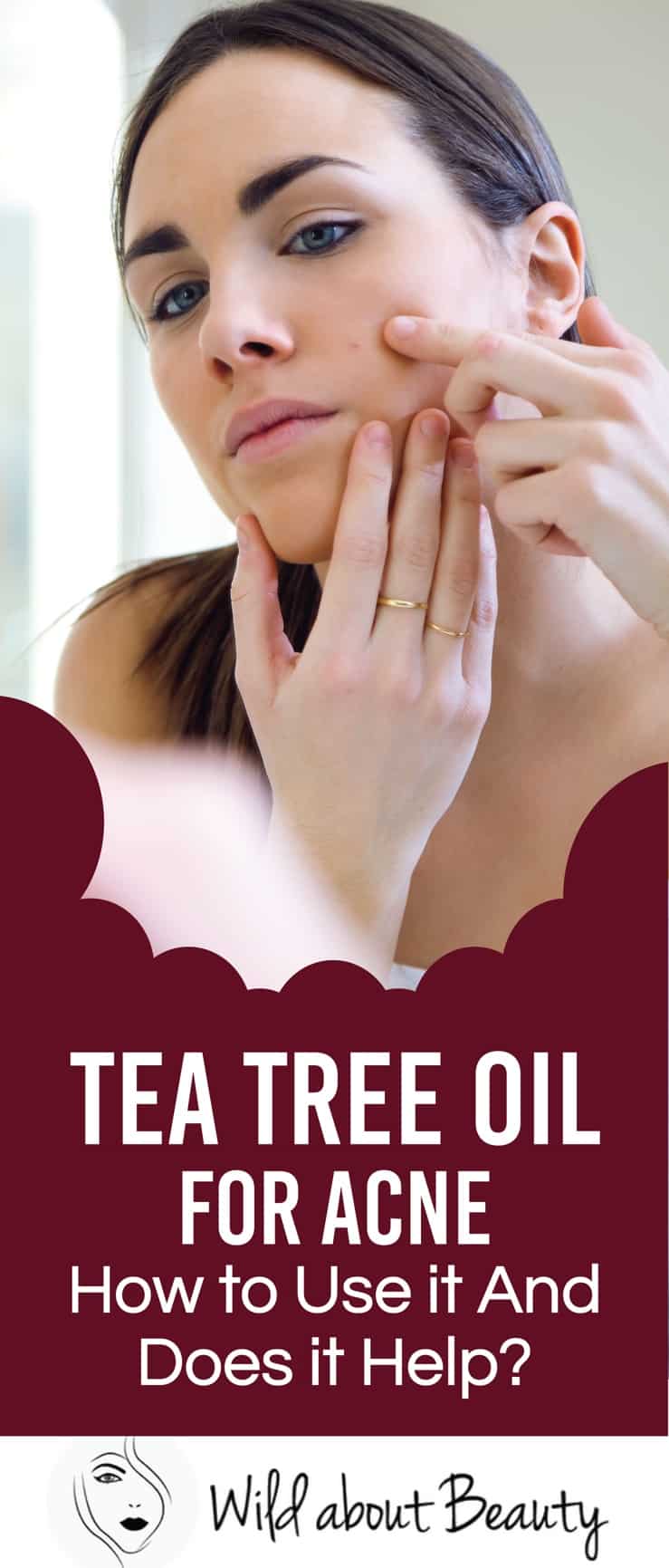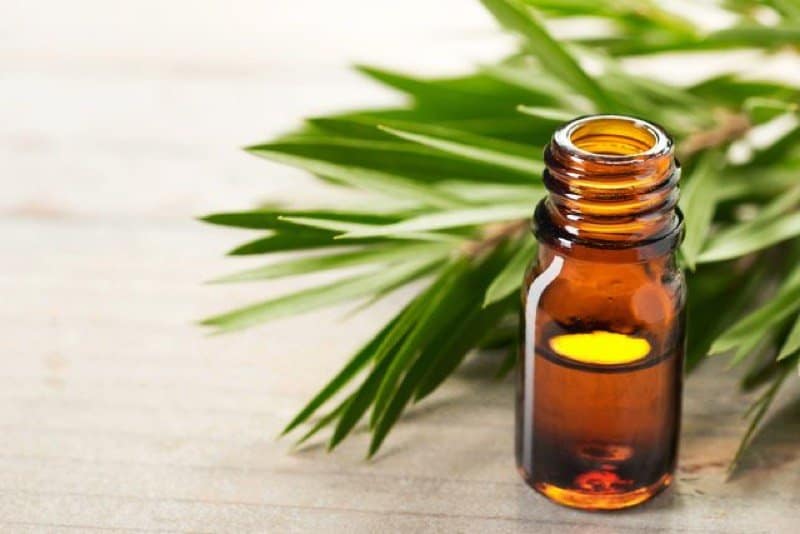Tea tree oil, known for its antimicrobial and anti-inflammatory properties, is a popular choice for those of us seeking a natural remedy for acne. Many of us have heard of its ability to quickly reduce the visibility of pimples and are eager to incorporate pure tea tree oil, also known as melaleuca oil, into our skin care routines. However, as with any potent essential oil, understanding the proper usage is essential to avoid damaging our skin.
As we explore the benefits of tea tree oil for acne, it’s important to recognize the difference between using it as a spot treatment and applying it more broadly. The strength of 100% tea tree oil means that while it can be highly effective in targeting specific pimples, its overuse can lead to skin irritation, dryness, and disruption of our skin’s pH balance. To maintain our skin’s natural moisture barrier and prevent further breakouts, we must use tea tree oil responsibly.
Chapter Overview
How To Use Tea Tree Oil For Acne

Apply Directly To The Skin
We recommend using tea tree oil as a spot treatment by applying it directly onto pimples. Bearing in mind its potent antibacterial properties, a slight dab on each blemish can help reduce redness and swelling. Ensure you start with a clean, dry face before application. Pure, 100% tea tree oil is most effective, but always be cautious of its concentration.
Homemade Remedy For Spot Treatment
For sensitive skin that may find pure tea tree oil too intense, diluting it is a wise move. A simple blend could involve a couple of drops of tea tree oil with a few teaspoons of aloe vera or raw, organic honey. This mixture will not only soothe but also aid in quicker healing when applied directly to the affected area.
Face Mask
Integrating tea tree oil into a face mask helps leverage its benefits. We have two go-to recipes:
- Green Clay Mask: Combine 3 drops of tea tree oil with 2 tablespoons of green clay powder and water to form a paste. Spread evenly over your face and neck, leave for 20 minutes, then rinse.
- Tomato Jojoba Mask: A teaspoon of jojoba oil and half a chopped tomato blend well with 3 drops of tea tree oil. Apply after cleansing and rinse off after 10 minutes.
Homemade Face Scrub
We can create a gentle exfoliating scrub as follows:
| Ingredient | Quantity |
|---|---|
| Sugar | ½ cup |
| Sesame/Olive Oil | ¼ cup |
| Honey | 1 tablespoon |
| Tea Tree Oil | 5 drops |
Mix these together and massage onto your damp face with circular motions for 2-5 minutes before rinsing. Ideal for mild to moderate acne, this scrub should be used sparingly on sensitive areas.
Add To Your Bath
Adding a few drops of tea tree oil to your bath benefits body acne. It can help clear blemishes on the chest, back, and elsewhere, plus, inhaling the steam may help relieve congestion.
Mistakes To Avoid
- Applying Undiluted: We never apply tea tree oil undiluted, as this can lead to severe skin irritation, dryness, burning, and scaling.
- Full Face Application: Restrict usage to spot treatment to avoid drying and irritating sensitive skin, especially if symptoms like redness or itching occur.
- Incorrect Usage: Dab, don’t rub the oil onto pimples to prevent skin damage. Rubbing can cause peeling and more severe side effects.
- Routine Order: Apply tea tree oil as the last step in our skincare routine to avoid adverse reactions.
- Sun Exposure: We don’t use tea tree oil before sun exposure due to the risk of chemical reactions causing contact dermatitis.
- Frequency: Limit to once daily use. Overuse can lead to increased sensitivity, swelling, or an allergic reaction.
- Patch Test: Always conduct a patch test to check for irritation or allergic reactions beforehand, and consult a dermatologist if any serious symptoms develop.
- Concentration: Ensure the correct concentration of tea tree oil, as high concentrations can be toxic and exacerbate skin issues.
- Label Reading: We meticulously examine product labels to determine safety for our skin type, especially if we have a history of dermatitis or skin allergies.
Other benefits of using tea tree oil for your skin
- Makeup Removal: Utilize it as an alternative to conventional removers for a gentler approach.
- Cuticle Care: Mix with avocado oil to soften cuticles and combat fungal issues.
- Sore Relief: Apply a drop to sores for its antiseptic qualities, being mindful of sensitive areas.
- Foot Freshener: Combat sweat, odor, and leave feet feeling clean using its aromatic qualities.
- Toenail Fungus Treatment: A drop of pure tea tree oil on the nail could reduce discoloration.
- Cold Sore Reduction: Apply thrice daily onto the affected area for relief.
- Psoriasis Symptom Relief: Mixing with olive oil and applying to patches may ease discomfort.
Our use of tea tree oil extends beyond acne management. This essential oil has versatile roles, from soothing inflammation to acting as a natural antiseptic. It tackles various skin issues without relying on prescription medication or OTC products, offering a natural treatment option. Tea tree oil’s efficacy stems from its potent antibacterial and anti-inflammatory properties, which help in managing skin conditions and improving overall skin health.

